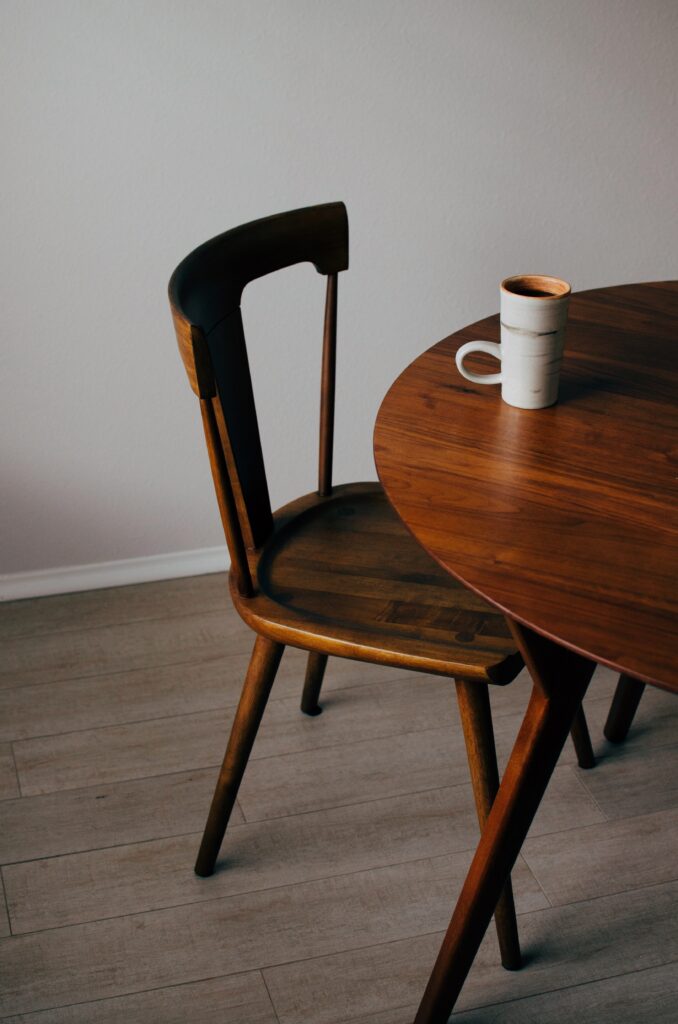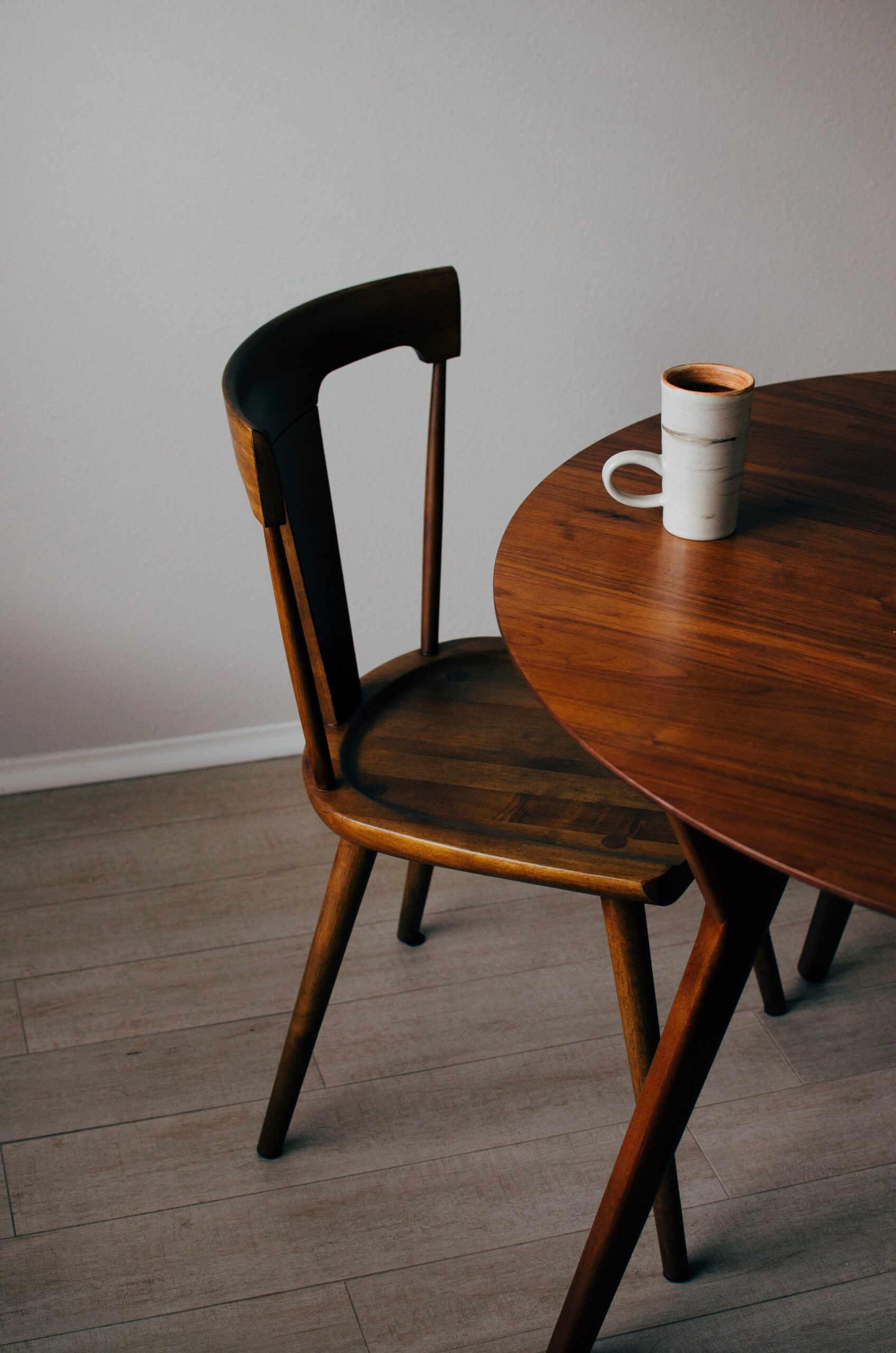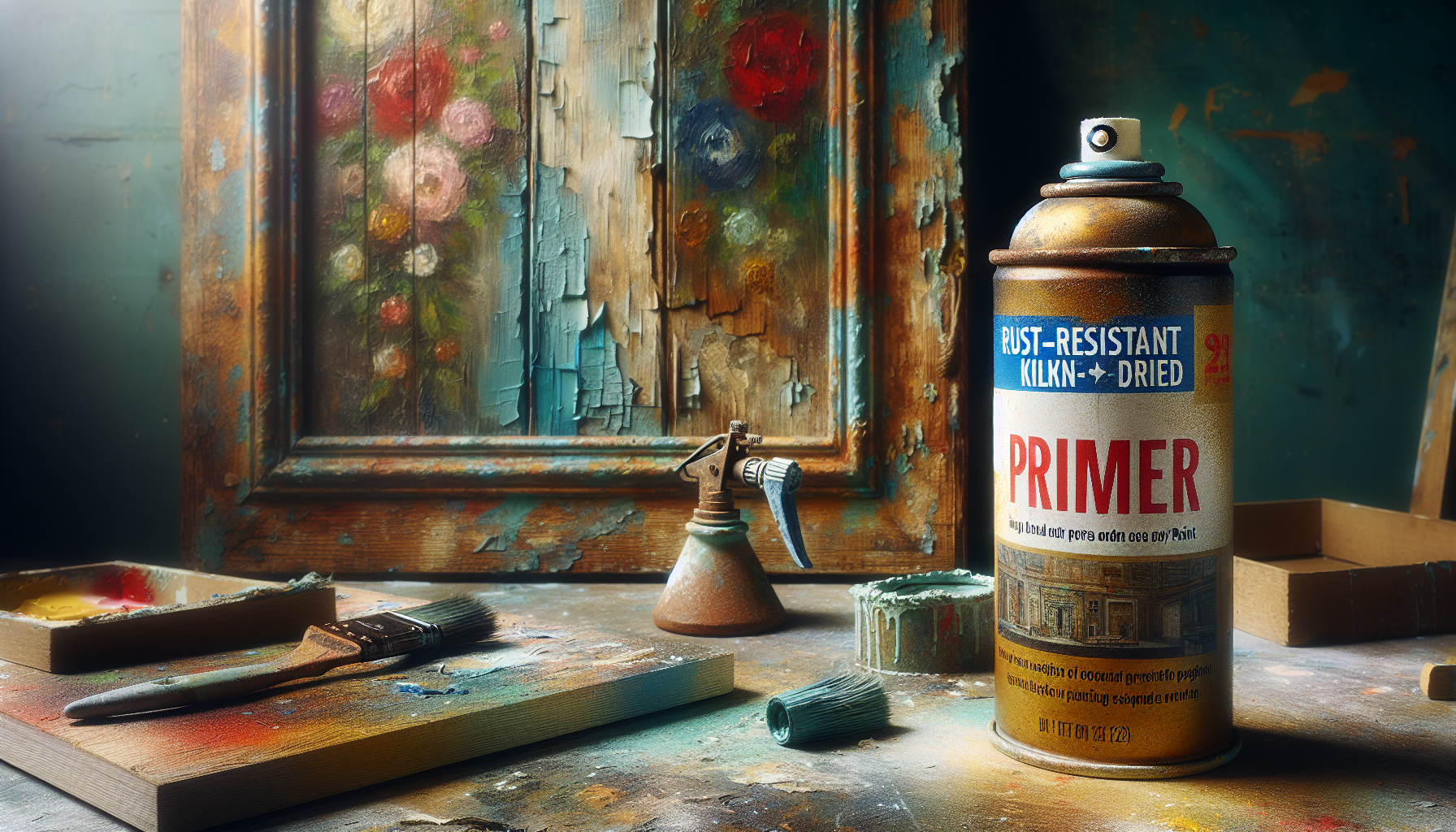Spray painting is a popular technique for giving a fresh look to old or outdated items. However, when it comes to touch lamps, a commonly asked question arises: can you spray paint them? This article explores the feasibility of spray painting touch lamps, discussing the potential benefits, considerations, and precautions for anyone looking to revamp their touch lamp with a simple can of spray paint.

This image is property of images.unsplash.com.
Choosing the Right Spray Paint
When it comes to spray painting a touch lamp, it is important to choose the right paint to ensure a successful and long-lasting finish. One of the key considerations is the lamp material, as different materials may require different types of paint. Additionally, selecting the appropriate paint type and color is crucial in achieving the desired aesthetics.
Consider the Lamp Material
Before choosing the spray paint, it is essential to consider the material of the lamp. Common lamp materials include metal, glass, ceramic, and plastic. Each material may have different surface textures and durability, which can impact the adhesion and longevity of the paint. For example, metal lamps may require a paint specifically designed for metal surfaces, while plastic lamps may need a paint formulated for plastic materials.
Selecting the Paint Type
When it comes to spray paint for touch lamps, there are different types available, such as acrylic, enamel, and lacquer. Acrylic paint is known for its quick-drying properties and versatility, making it a popular choice for many DIY projects. Enamel paint, on the other hand, provides a durable and glossy finish, ideal for lamps that may be frequently touched or handled. Lacquer paint offers a high-gloss finish and excellent durability, but it requires proper ventilation and careful application due to its strong odor and potential toxicity.
Choosing the Right Color
Selecting the right color for your touch lamp largely depends on personal preference and the overall theme or decor of the room. It’s important to consider the existing color scheme and the intended purpose of the lamp. If you want the lamp to be a bold statement piece, choosing a vibrant or contrasting color can be a great option. On the other hand, if you prefer a more subtle and understated look, opting for neutral or muted tones can complement the surrounding environment.
Preparing the Lamp
Before applying the spray paint, it is crucial to properly prepare the lamp to ensure a smooth and even finish. This involves disassembling the lamp, cleaning the surface, and sanding the lamp.
Disassemble the Lamp
To make the spray painting process easier and more efficient, it is recommended to disassemble the lamp. This typically involves removing the lampshade, light bulbs, and any other detachable components. Disassembling the lamp allows for better access to all areas of the lamp, ensuring a thorough paint application.
Clean the Surface
Before painting, it is important to clean the surface of the lamp to remove any dirt, dust, or oils that could interfere with the adhesion of the paint. Use a mild soap or detergent and water solution to gently clean the lamp. For stubborn stains or grime, a non-abrasive cleaner or rubbing alcohol can be used. Once the lamp is clean, make sure to thoroughly rinse and dry it before proceeding to the next step.
Sand the Lamp
Sanding the lamp helps create a better surface for the paint to adhere to. Use fine-grit sandpaper to gently sand the lamp’s surface, focusing on any rough or uneven areas. Sanding also helps to remove any existing paint or finish, ensuring better adhesion for the new paint. After sanding, make sure to remove any sanding dust by wiping the lamp with a clean, lint-free cloth.
Masking off Areas
Masking off certain areas of the lamp is an important step to protect specific components or areas that should not be painted. This involves covering electrical components and taping off switches and cords.
Covering Electrical Components
When spray painting a touch lamp, it is crucial to protect the electrical components to avoid any potential damage. Use painter’s tape or plastic bags to cover the light sockets, wires, and any other electrical parts. This will ensure that no paint comes into contact with these sensitive areas, maintaining the functionality and safety of the lamp.
Taping off Switches and Cords
To prevent paint from getting on switches and cords, it is recommended to tape them off. Use painter’s tape or masking tape to carefully cover these areas, ensuring they remain clean and untouched during the painting process. Taping off switches and cords not only protects them from paint but also facilitates easy use and functionality after the lamp is reassembled.
Applying the Spray Paint
Once the lamp is properly prepared and masked off, it is time to apply the spray paint. Proper techniques, applying multiple coats, and allowing drying time are all crucial aspects of achieving a professional and flawless finish.
Using Proper Techniques
When spray painting the lamp, it is important to use proper techniques to ensure an even and smooth application. Hold the spray can approximately 6 to 8 inches away from the lamp’s surface and apply the paint using long, sweeping motions. Avoid spraying too close or in one spot for too long, as this can result in paint drips or an uneven finish. It is also advisable to maintain a consistent speed and distance, overlapping each pass slightly for consistent coverage.
Applying Multiple Coats
To achieve a more durable and vibrant finish, it is often necessary to apply multiple coats of spray paint. Applying thin, even coats is preferable to avoid dripping or pooling of the paint. Allow each coat to dry completely before applying the next one. This will ensure that the paint adheres properly and helps prevent any potential issues like bubbling or flaking.
Allowing Drying Time
After applying the final coat of spray paint, it is important to allow sufficient drying time before handling or reassembling the lamp. Drying times can vary depending on the type of spray paint used and the environmental conditions. It is recommended to follow the manufacturer’s instructions regarding drying times. Placing the painted lamp in a well-ventilated area with good air circulation can help expedite the drying process.

This image is property of images.unsplash.com.
Finishing Touches
Once the spray paint has dried, applying a protective top coat and reassembling the lamp are the final steps to completing the project and ensuring the longevity of the newly painted touch lamp.
Protective Top Coat
To provide an extra layer of protection and durability to the painted lamp, applying a clear top coat is highly recommended. This can help safeguard the paint from scratches, fading, and general wear and tear. Select a top coat specifically designed for the type of spray paint used and follow the manufacturer’s instructions for application. Applying the top coat ensures a professional and polished look, extending the lifespan of the paint job.
Reassemble the Lamp
After the paint has fully dried and the top coat has been applied, it is time to reassemble the touch lamp. Carefully remove any masking tape or coverings from electrical components, switches, and cords. Reattach the lampshade, light bulbs, and any other detachable parts. Ensure that everything is properly aligned and securely fastened. Once reassembled, the touch lamp is ready to be enjoyed with its fresh, newly painted look.
Tips and Considerations
While spray painting a touch lamp can be a fun and rewarding DIY project, there are some important tips and considerations to keep in mind to ensure a successful outcome.
Ventilation and Safety
Spray painting should always be done in a well-ventilated area to minimize inhalation of fumes and ensure proper air circulation. If working indoors, open windows and doors or use a fan to help dissipate the paint fumes. It is also advisable to wear protective goggles, gloves, and a mask to protect yourself from any potential hazards.
Testing on a Small Area
Before committing to spray painting the entire lamp, it is a good idea to test the paint on a small, inconspicuous area first. This allows you to assess how the paint adheres to the lamp’s material and determine if any adjustments or additional preparation steps are necessary. Testing also helps in selecting the right color and finish before applying it to the entire lamp.
Avoiding Drips and Runs
To avoid unsightly drips and runs in the spray paint finish, it is important to apply thin, even coats and avoid excessive spraying in one spot. Holding the can too close or applying too much paint in one area can lead to pooling and dripping. It is better to apply multiple thin coats, allowing each coat to dry before adding more, for a smooth and flawless finish.

This image is property of images.unsplash.com.
Frequently Asked Questions
Is Spray Painting a Touch Lamp Safe?
Yes, spray painting a touch lamp is safe as long as proper precautions are taken. It is important to ensure that electrical components are adequately protected from paint, and ventilation is maintained to minimize exposure to fumes. By following the recommended techniques and safety guidelines, spray painting a touch lamp can be a safe and successful project.
Will the Paint Affect the Touch Functionality?
When spray painting a touch lamp, it is important to be mindful of the touch functionality. While the paint itself does not directly affect the touch feature, it is crucial to avoid getting paint on the touch-sensitive areas, such as the base or the touch mechanism. Carefully masking these areas and ensuring they remain clean and free of paint will help maintain the touch functionality of the lamp.
Can I Paint the Lampshade as Well?
Whether or not to paint the lampshade is a personal preference. It is important to consider the material of the lampshade and ensure that the spray paint being used is suitable for that material. Lampshades made of fabric or delicate materials may not be suitable for spray painting, as it could alter the texture or become damaged in the process. If painting the lampshade, it is advisable to use a fabric-specific spray paint or explore alternative painting methods like hand-painting or using fabric dye.



